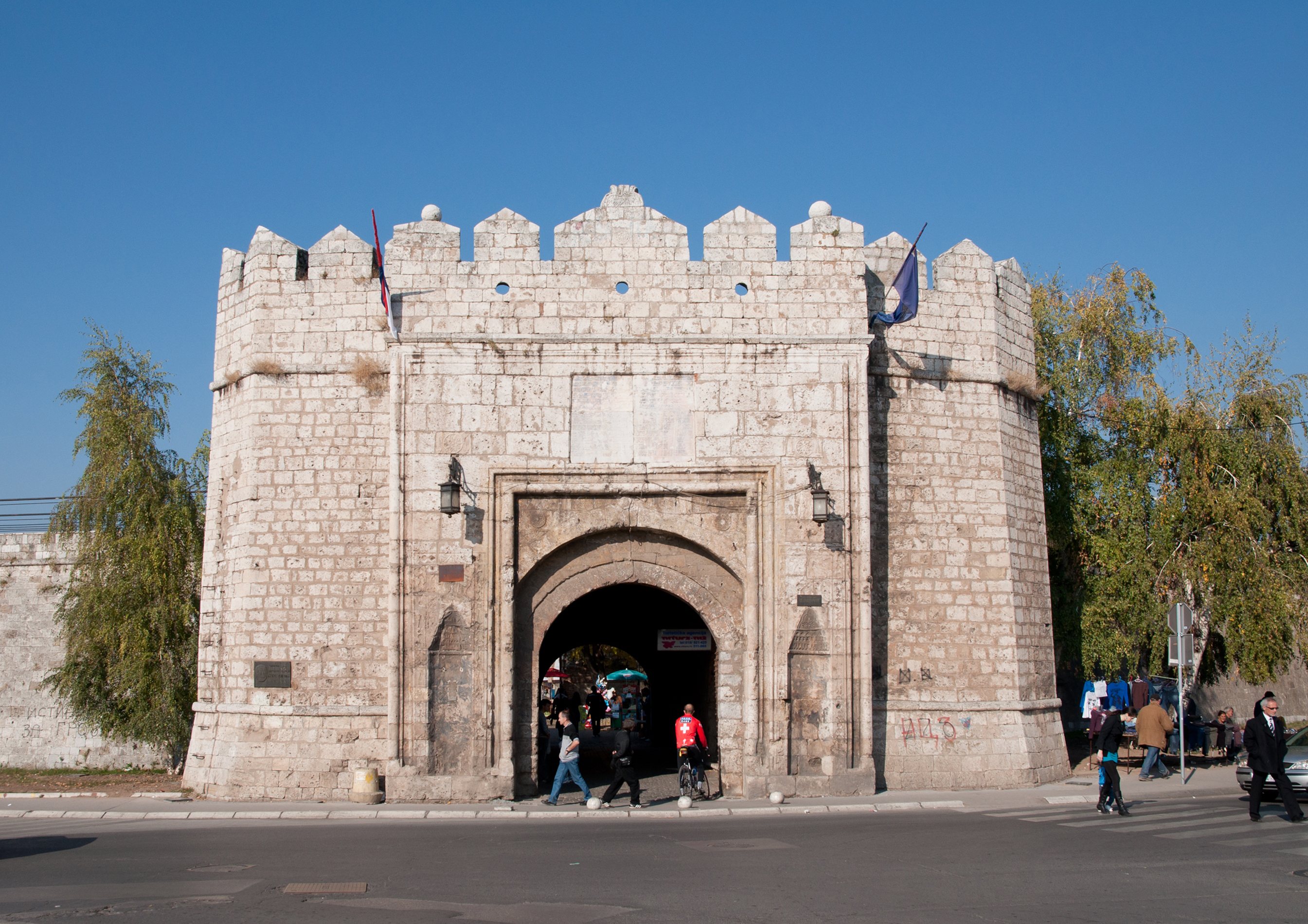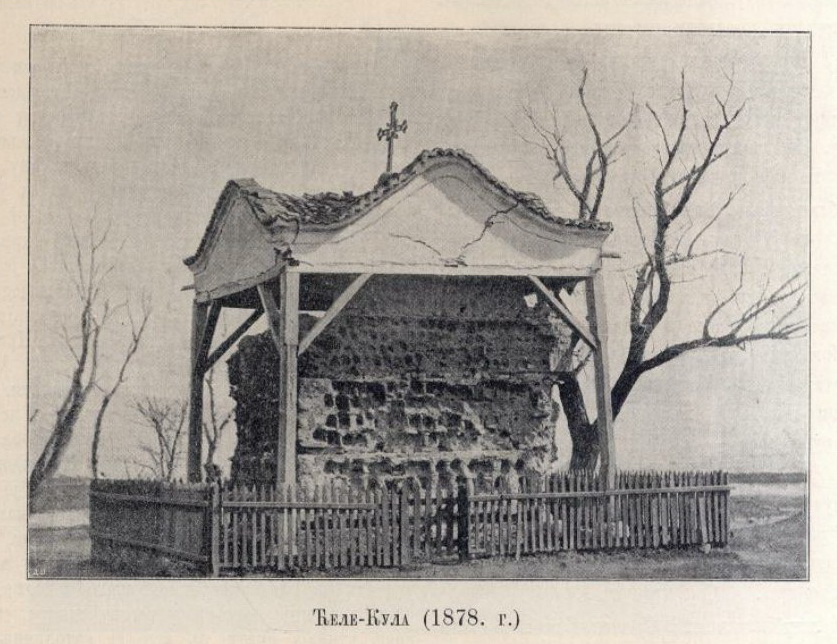Sanjak of Niš on:
[Wikipedia]
[Google]
[Amazon]
The Sanjak of Niš ( Turkish: Niş Sancağı;
 In 1689 (during
In 1689 (during
Formation of a diasporic community: The history of migration and resettlement of Muslim Albanians in the Black Sea Region of Turkey.
''Middle Eastern Studies''. 45. (4): 556–557: Using secondary sources, we establish that there have been Albanians living in the area of Nish for at least 500 years, that the Ottoman Empire controlled the area from the fourteenth to nineteenth centuries which led to many Albanians converting to Islam, that the Muslim Albanians of Nish were forced to leave in 1878, and that at that time most of these Nishan Albanians migrated south into Kosovo, although some went to Skopje in Macedonia. ; pp. 557–558. In 1690 much of the population of the city and surrounding area was killed or fled, and there was an emigration of Albanians from the Malësia e Madhe (North Central Albania/Eastern Montenegro) and Dukagjin Plateau (Western Kosovo) into Nish. para. 10, 12.

Serbian
Serbian may refer to:
* someone or something related to Serbia, a country in Southeastern Europe
* someone or something related to the Serbs, a South Slavic people
* Serbian language
* Serbian names
See also
*
*
* Old Serbian (disambiguation ...
: Нишки санџак, romanized
Romanization or romanisation, in linguistics, is the conversion of text from a different writing system to the Roman (Latin) script, or a system for doing so. Methods of romanization include transliteration, for representing written text, and ...
: ''Niški Sandžak''; Albanian: Sanxhaku i Nishit; Bulgarian: Нишки санджак, romanized: ''Nishki sandzhak'') was one of the sanjak
Sanjaks (liwāʾ) (plural form: alwiyāʾ)
* Armenian: նահանգ (''nahang''; meaning "province")
* Bulgarian: окръг (''okrǔg''; meaning "county", "province", or "region")
* el, Διοίκησις (''dioikēsis'', meaning "province" ...
s of the Ottoman Empire
The Ottoman Empire, * ; is an archaic version. The definite article forms and were synonymous * and el, Оθωμανική Αυτοκρατορία, Othōmanikē Avtokratoria, label=none * info page on book at Martin Luther University ...
and its county town
In the United Kingdom and Ireland, a county town is the most important town or city in a county. It is usually the location of administrative or judicial functions within a county and the place where the county's members of Parliament are elect ...
was Niš
Niš (; sr-Cyrl, Ниш, ; names in other languages) is the third largest city in Serbia and the administrative center of the Nišava District. It is located in southern part of Serbia. , the city proper has a population of 183,164, whi ...
. It was composed of the kaza
A kaza (, , , plural: , , ; ota, قضا, script=Arab, (; meaning 'borough')
* bg, околия (; meaning 'district'); also Кааза
* el, υποδιοίκησις () or (, which means 'borough' or 'municipality'); also ()
* lad, kaza
, ...
s of Niš (Niş), Pirot (Şehirköy), Leskovac (Leskofça), Vranje (İvranye), Kuršumlija (Kurşunlu), Prokuplje (Ürküp) and Tran (Turan).
History
Middle Ages
Ottoman Empire captured Niš in 1375 for the first time. At the Battle of Niš (early November 1443),crusaders
The Crusades were a series of religious wars initiated, supported, and sometimes directed by the Latin Church in the medieval period. The best known of these Crusades are those to the Holy Land in the period between 1095 and 1291 that were in ...
led by John Hunyadi
John Hunyadi (, , , ; 1406 – 11 August 1456) was a leading Hungarian military and political figure in Central and Southeastern Europe during the 15th century. According to most contemporary sources, he was the member of a noble family of ...
, captured Ottoman stronghold Niš
Niš (; sr-Cyrl, Ниш, ; names in other languages) is the third largest city in Serbia and the administrative center of the Nišava District. It is located in southern part of Serbia. , the city proper has a population of 183,164, whi ...
and defeated three armies of the Ottoman Empire. After 1443 Niš was under control of Đurađ Branković
Đurađ Branković (; sr-cyr, Ђурађ Бранковић; hu, Brankovics György; 1377 – 24 December 1456) was the Serbian Despot from 1427 to 1456. He was one of the last Serbian medieval rulers. He was a participant in the battle of Ank ...
. In 1448 it was again captured by Ottoman Empire and remained under its control for the next 241 years.
Toponyms such as ''Arbanaška'' and ''Đjake'' shows an Albanian presence in the Toplica and Southern Morava regions (located north-east of contemporary Kosovo) since the Late Middle Ages. Albanians
The Albanians (; sq, Shqiptarët ) are an ethnic group and nation native to the Balkan Peninsula who share a common Albanian ancestry, culture, history and language. They primarily live in Albania, Kosovo, North Macedonia, Montenegro, Ser ...
in the Niš region converted to Islam after the area became part of the Ottoman Empire.
17th and 18th centuries
 In 1689 (during
In 1689 (during Great Turkish War
The Great Turkish War (german: Großer Türkenkrieg), also called the Wars of the Holy League ( tr, Kutsal İttifak Savaşları), was a series of conflicts between the Ottoman Empire and the Holy League consisting of the Holy Roman Empire, Pola ...
) and in 1737 Niš was captured for a brief period of time by Austrian monarchy
The Habsburg monarchy (german: Habsburgermonarchie, ), also known as the Danubian monarchy (german: Donaumonarchie, ), or Habsburg Empire (german: Habsburgerreich, ), was the collection of empires, kingdoms, duchies, counties and other polities ...
. The Ottoman-Habsburg wars and their aftermath resulted in the city of Niš and the wider area losing a sizable part of its population, due to them having fled or death. Some Albanians from contemporary northern Albania and Western Kosovo settled in the Toplica and Morava regions in the second half of the 18th century, at times instigated by Ottoman authorities.Geniş, Şerife, and Kelly Lynne Maynard (2009).Formation of a diasporic community: The history of migration and resettlement of Muslim Albanians in the Black Sea Region of Turkey.
''Middle Eastern Studies''. 45. (4): 556–557: Using secondary sources, we establish that there have been Albanians living in the area of Nish for at least 500 years, that the Ottoman Empire controlled the area from the fourteenth to nineteenth centuries which led to many Albanians converting to Islam, that the Muslim Albanians of Nish were forced to leave in 1878, and that at that time most of these Nishan Albanians migrated south into Kosovo, although some went to Skopje in Macedonia. ; pp. 557–558. In 1690 much of the population of the city and surrounding area was killed or fled, and there was an emigration of Albanians from the Malësia e Madhe (North Central Albania/Eastern Montenegro) and Dukagjin Plateau (Western Kosovo) into Nish. para. 10, 12.
19th century

Midhat Pasha
Ahmed Şefik Midhat Pasha ( ota , احمد شفيق مدحت پاشا, 18 October 1822 – 26 April 1883) was an Ottoman democrat, kingmaker and one of the leading statesmen during the late Tanzimat period. He is most famous for leading the O ...
was one of the most noteworthy sanjak-beys of Niš (1861–64) whose reforms in the sanjak were so beneficial that the sultan
Sultan (; ar, سلطان ', ) is a position with several historical meanings. Originally, it was an Arabic abstract noun meaning "strength", "authority", "rulership", derived from the verbal noun ', meaning "authority" or "power". Later, it c ...
charged him with preparing the scheme for adapting them to the whole empire. The Sanjak of Niš became part of the Danube Vilayet when the latter was created in 1864. In 1868 the sanjak was joined with the Sanjak of Prizren
The Sanjak of Prizren or Priştine ( tr, Prizren Sancağı, sq, Sanxhaku i Prizrenit, sr, Призренски санџак / ''Prizrenski sandžak'') was one of the sanjaks in the Ottoman Empire with Prizren as its administrative centre. It was ...
, Sanjak of Skopje and Sanjak of Dibra into one vilayet, Prizren Vilayet
)
, settlement_type = Municipality and city
, image_skyline = Prizren Collage.jpg
, imagesize = 290px
, image_caption = View of Prizren
, image_alt = View of Prizren
, image_flag ...
, which existed until 1877. In 1871 the sanjak was joined with the Sanjak of Novi Pazar
The Sanjak of Novi Pazar ( sh-Latn-Cyrl, Novopazarski sandžak, Новопазарски санџак; tr, Yeni Pazar sancağı) was an Ottoman sanjak (second-level administrative unit) that was created in 1865. It was reorganized in 1880 and ...
to establish the new Vilayet of Novi Pazar which existed less than a year, when the previous situation was restored.
Albanians were a majority population in some areas of the Sanjak of Niš, like the Toplica region and some villages in the district of Vranje
Vranje ( sr-Cyrl, Врање, ) is a city in Southern Serbia and the administrative center of the Pčinja District. The municipality of Vranje has a population of 83,524 and its urban area has 60,485 inhabitants.
Vranje is the economical, poli ...
, prior to the Russo-Turkish War (1877–1878)
The Russo-Turkish War of 1877–1878 ( tr, 93 Harbi, lit=War of ’93, named for the year 1293 in the Islamic calendar; russian: Русско-турецкая война, Russko-turetskaya voyna, "Russian–Turkish war") was a conflict between th ...
. During and after the Serbian–Ottoman War of 1876–78, between 30,000 and 70,000 Muslims, mostly Albanians, were expelled by the Serb army from the Sanjak of Niș and fled to the Kosovo Vilayet.
The largest part of Sanjak of Niš was annexed by the Principality of Serbia
The Principality of Serbia ( sr-Cyrl, Књажество Србија, Knjažestvo Srbija) was an autonomous state in the Balkans that came into existence as a result of the Serbian Revolution, which lasted between 1804 and 1817. Its creation wa ...
after Russo-Turkish War (1877–1878)
The Russo-Turkish War of 1877–1878 ( tr, 93 Harbi, lit=War of ’93, named for the year 1293 in the Islamic calendar; russian: Русско-турецкая война, Russko-turetskaya voyna, "Russian–Turkish war") was a conflict between th ...
, while smaller part and the whole Sanjak of Sofia were annexed by the Principality of Bulgaria
The Principality of Bulgaria ( bg, Княжество България, Knyazhestvo Balgariya) was a vassal state under the suzerainty of the Ottoman Empire. It was established by the Treaty of Berlin in 1878.
After the Russo-Turkish War end ...
.
See also
* Expulsion of the Albanians 1877-1878References
{{DEFAULTSORT:Sanjak of Nis History of Niš Nis Ottoman Serbia Ottoman period in the history of Bulgaria 15th-century establishments in the Ottoman Empire 1878 disestablishments in the Ottoman Empire